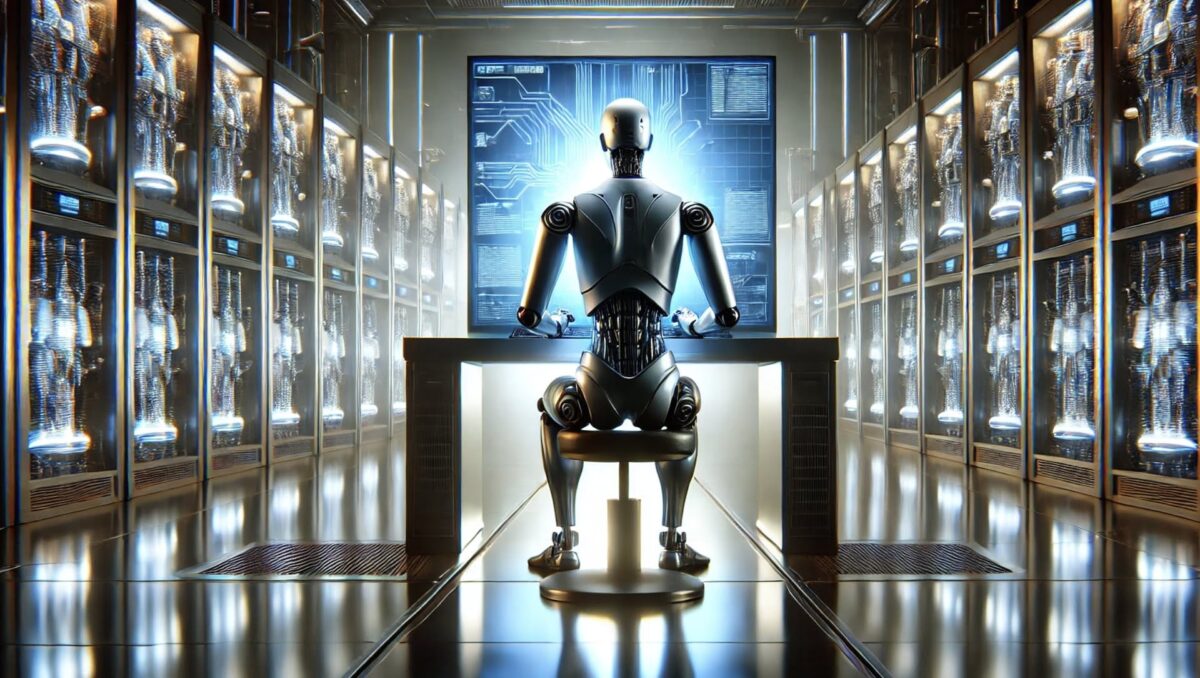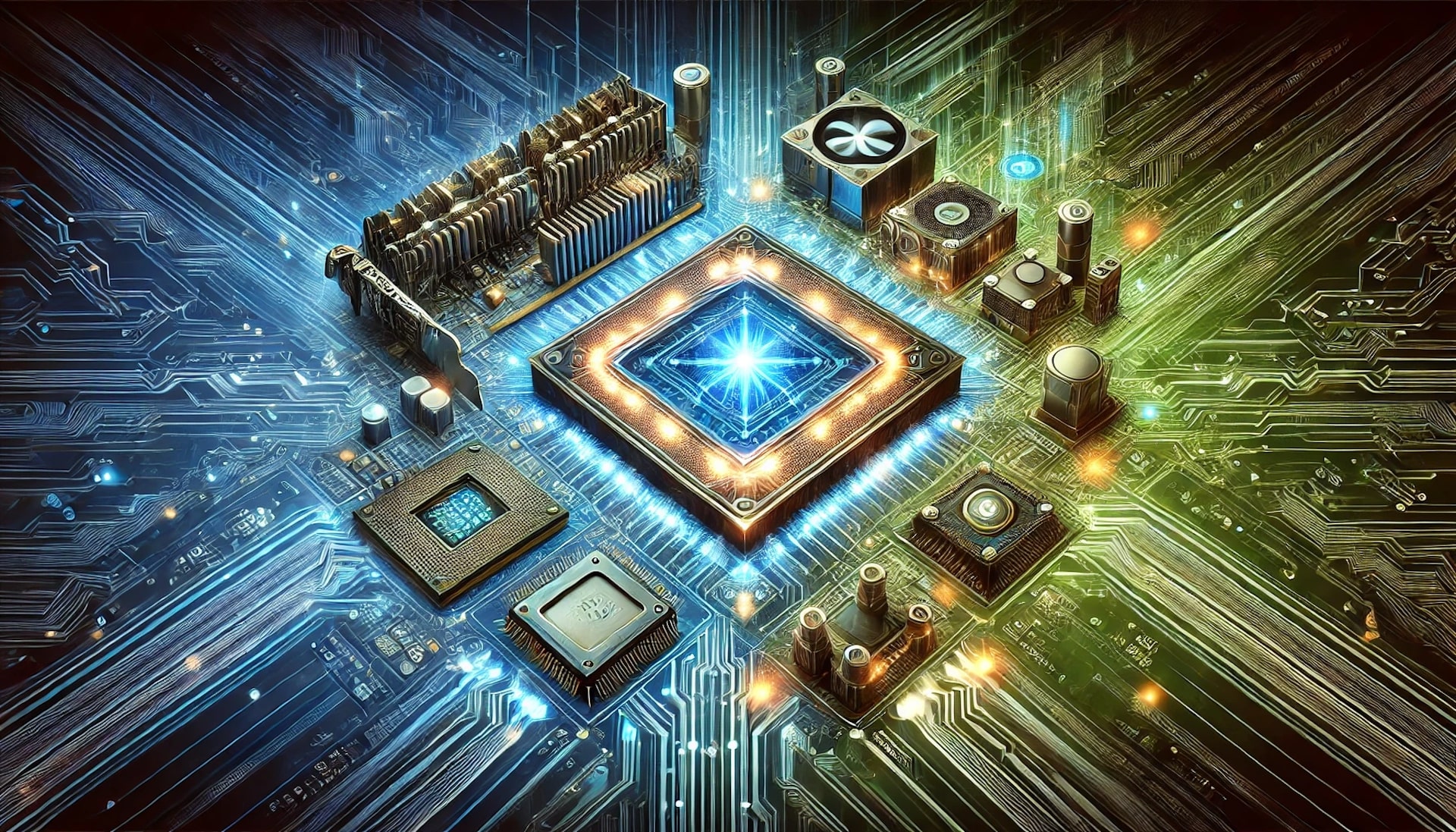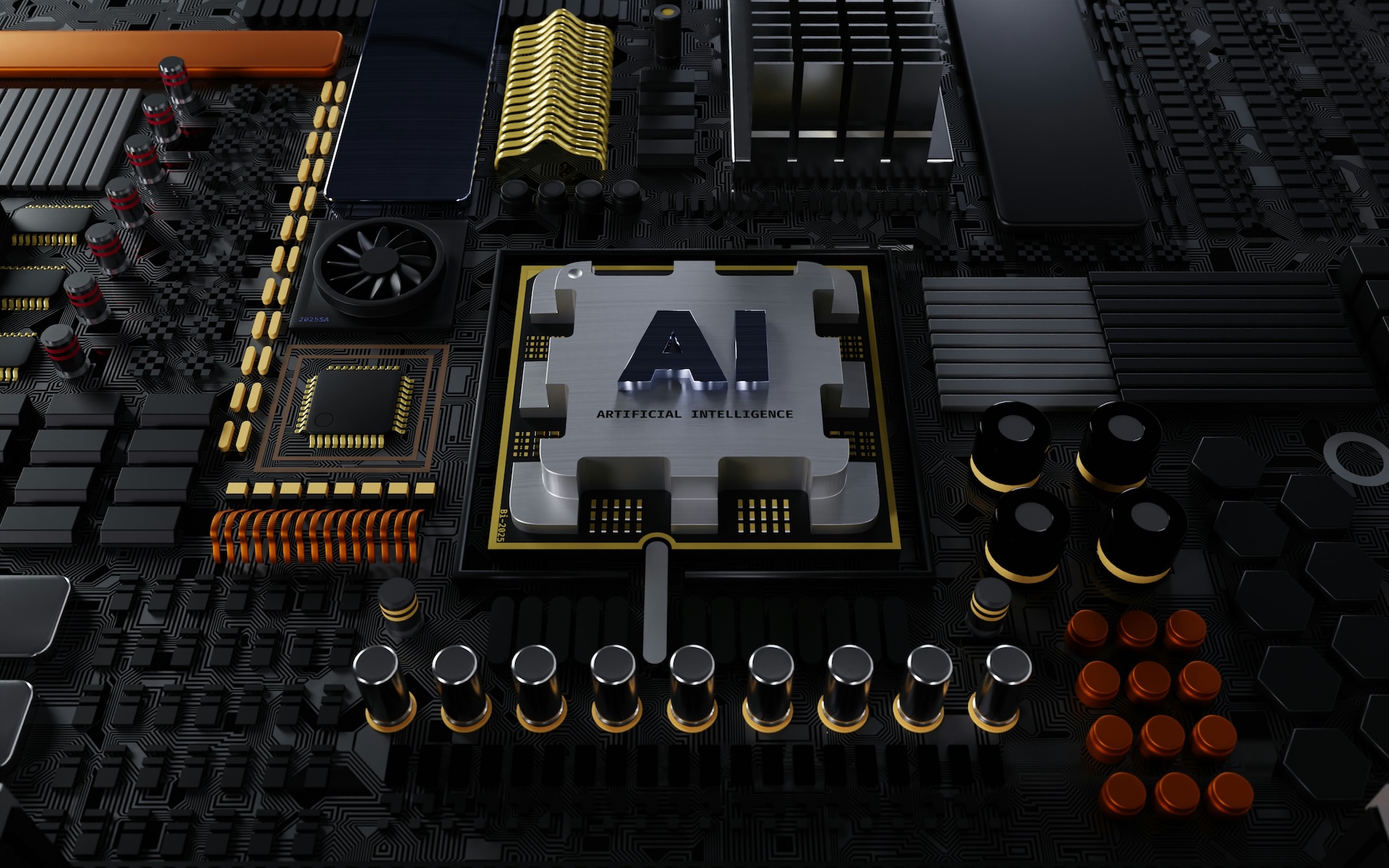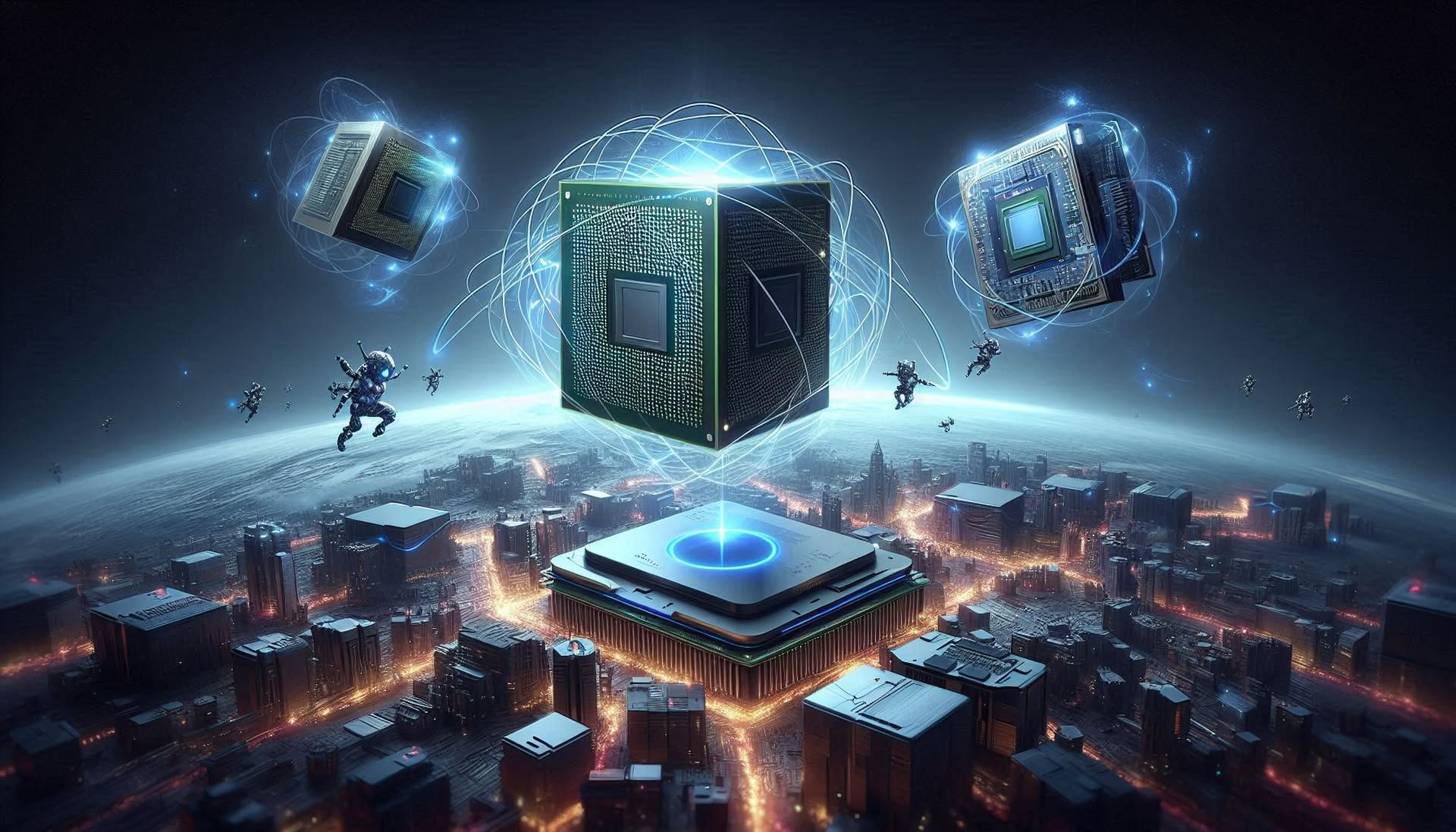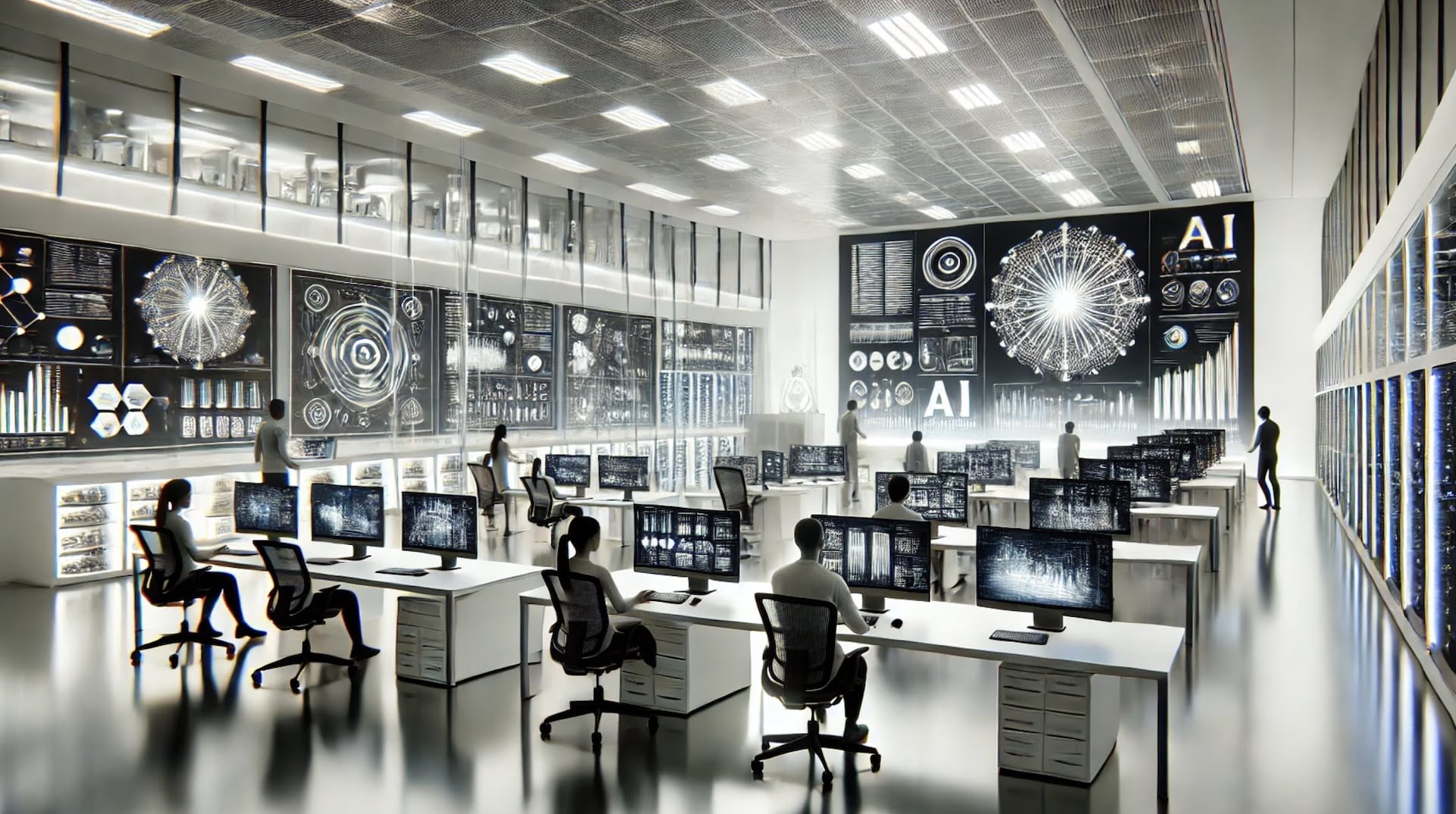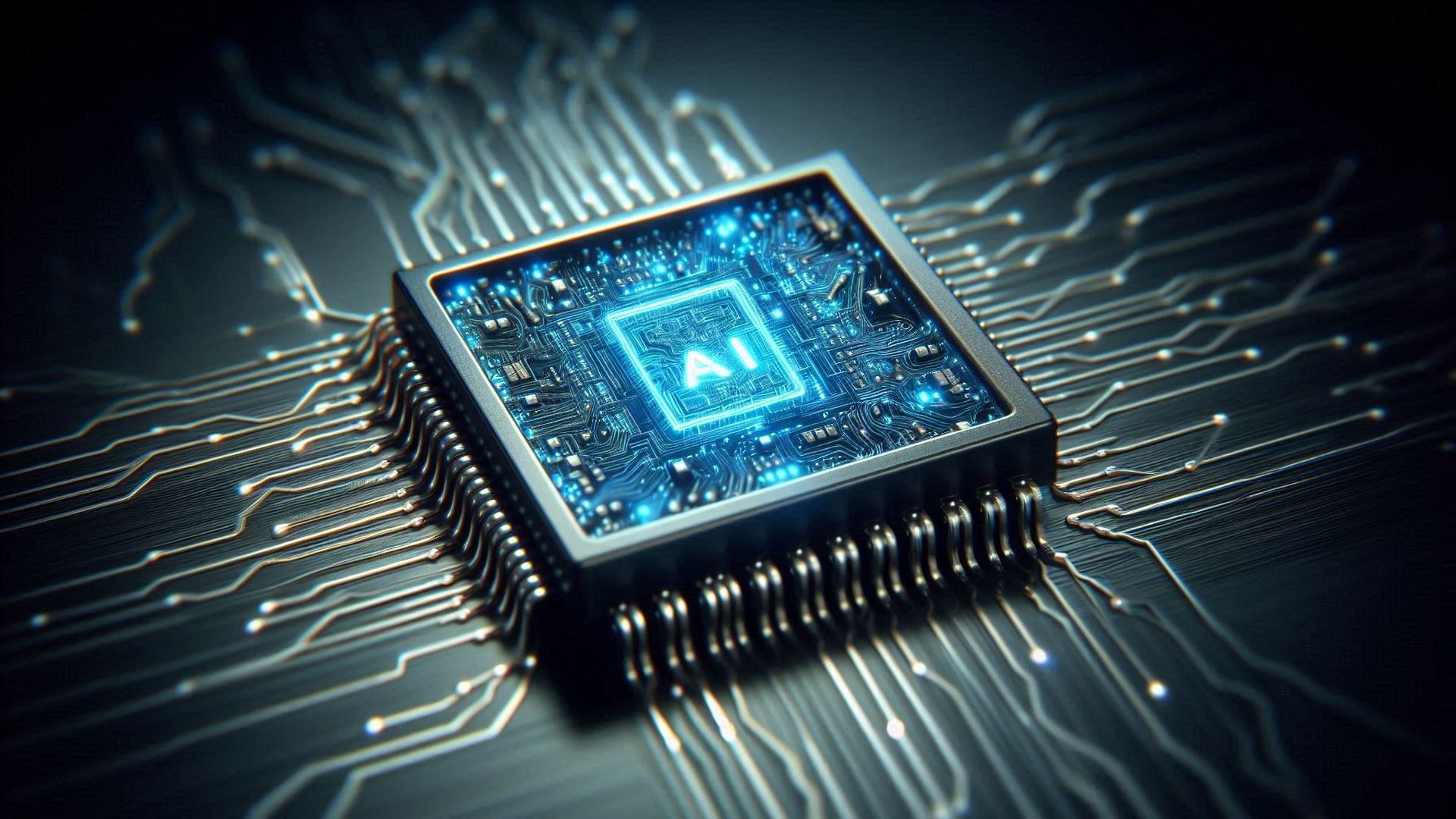AI computing is changing how we solve problems and make decisions but people are still not sure what exactly it is.
In a world full of data, AI computing helps us find patterns and make decisions faster and more accurately, but is that it? AI hardware combined with an intelligent language model that can solve problems in different industries sounds very appealing and that is what we are going to explain today.
What is AI computing?
AI computing is the process of using powerful software and hardware to perform complex calculations that allow machines to learn and make decisions. It is centered around machine learning, which involves analyzing large amounts of data to find patterns, draw insights, and make predictions. This technology is a big deal in our data-driven world because AI can identify trends and patterns that humans might miss.
AI computing is now used in many industries. For example, financial companies like American Express use AI computing to detect fraudulent transactions among billions of payments. Doctors also rely on AI computing to detect tiny tumors in medical scans that would be hard to spot otherwise. As a result, AI computing is becoming essential in healthcare, finance, and beyond.
How AI computing works
The process of AI computing has three main steps:
- Data Preparation: This first step is called “extract/transform/load” (ETL). It involves collecting and cleaning data to prepare it for analysis. Advanced tools like Apache Spark and NVIDIA GPUs, which can handle large amounts of data, can speed up this work.
- Model Selection: After preparing the data, data scientists choose or create machine learning models to complete specific tasks. Some companies prefer to design their own models for a competitive edge. These custom models require powerful computers, often referred to as AI supercomputers.
- Inference: The final step is where companies run data through the chosen model to generate predictions or insights. This step, called inference, is where AI turns raw data into usable information.
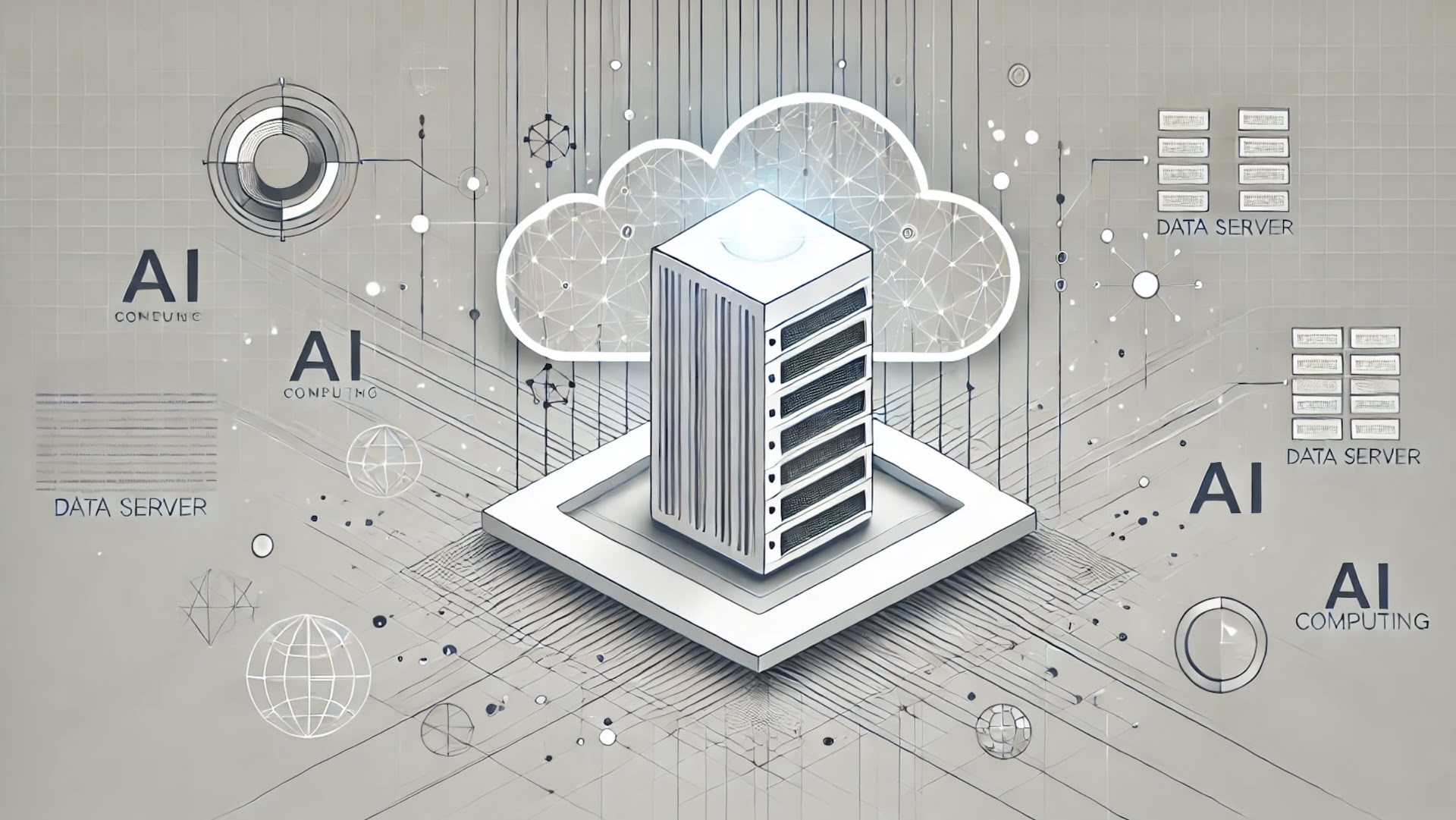
What is an example of an AI computer?
One of the best examples of an AI computer is the NVIDIA DGX A100. This system is built specifically for tasks like artificial intelligence and machine learning. It uses NVIDIA’s Ampere architecture and has eight A100 Tensor Core GPUs, which allow it to perform up to 5 petaflops of AI calculations.
The DGX A100 is designed to handle large-scale AI projects, like training massive datasets and running fast AI model predictions. Its advanced processing and cooling systems make it ideal for businesses that need high-powered AI tools. This AI computer is widely used by companies working on tasks such as natural language processing, computer vision, and autonomous driving simulations.
Why is AI a computing innovation?
AI is a powerful force for innovation in technology and business. Traditional computing follows strict instructions, while AI computing allows machines to learn from experience and adapt to new information. This change lets AI take on tasks that require decision-making and problem-solving skills, like understanding human language or recognizing objects in images.
In addition to improving efficiency, AI computing helps businesses by generating new ideas, speeding up prototyping, and assessing risks. For example, AI can help companies sort through new ideas, analyze which ones are likely to succeed, and improve decision-making processes. As AI continues to develop, it opens up opportunities for industries to innovate and become more efficient.
Quantum computing and AI
Quantum computing has the potential to greatly improve AI by allowing it to handle massive datasets and very complex calculations that regular computers find challenging. Unlike traditional computers, which use bits, quantum computers use qubits, enabling them to perform multiple calculations at once. This feature could make quantum computing extremely useful for tasks that require intense data processing, such as training AI models.
However, quantum computing is still developing and faces several challenges, such as error correction and stability issues. Although it is not yet widely used, experts believe it could eventually transform AI computing by increasing processing power and speeding up calculations.
How will AI affect cloud computing?
AI and cloud computing are becoming closely linked. Cloud computing provides storage and processing resources for AI models, allowing businesses to run AI applications on a large scale without needing to invest in their own infrastructure. AI, in turn, optimizes cloud systems by managing data more efficiently, automating tasks, and improving security.
As AI becomes more advanced, it will help cloud providers offer better and faster services. This relationship benefits companies that want to use AI but lack the resources for high-end hardware. Cloud-based AI solutions allow businesses to access powerful AI tools without significant upfront costs.
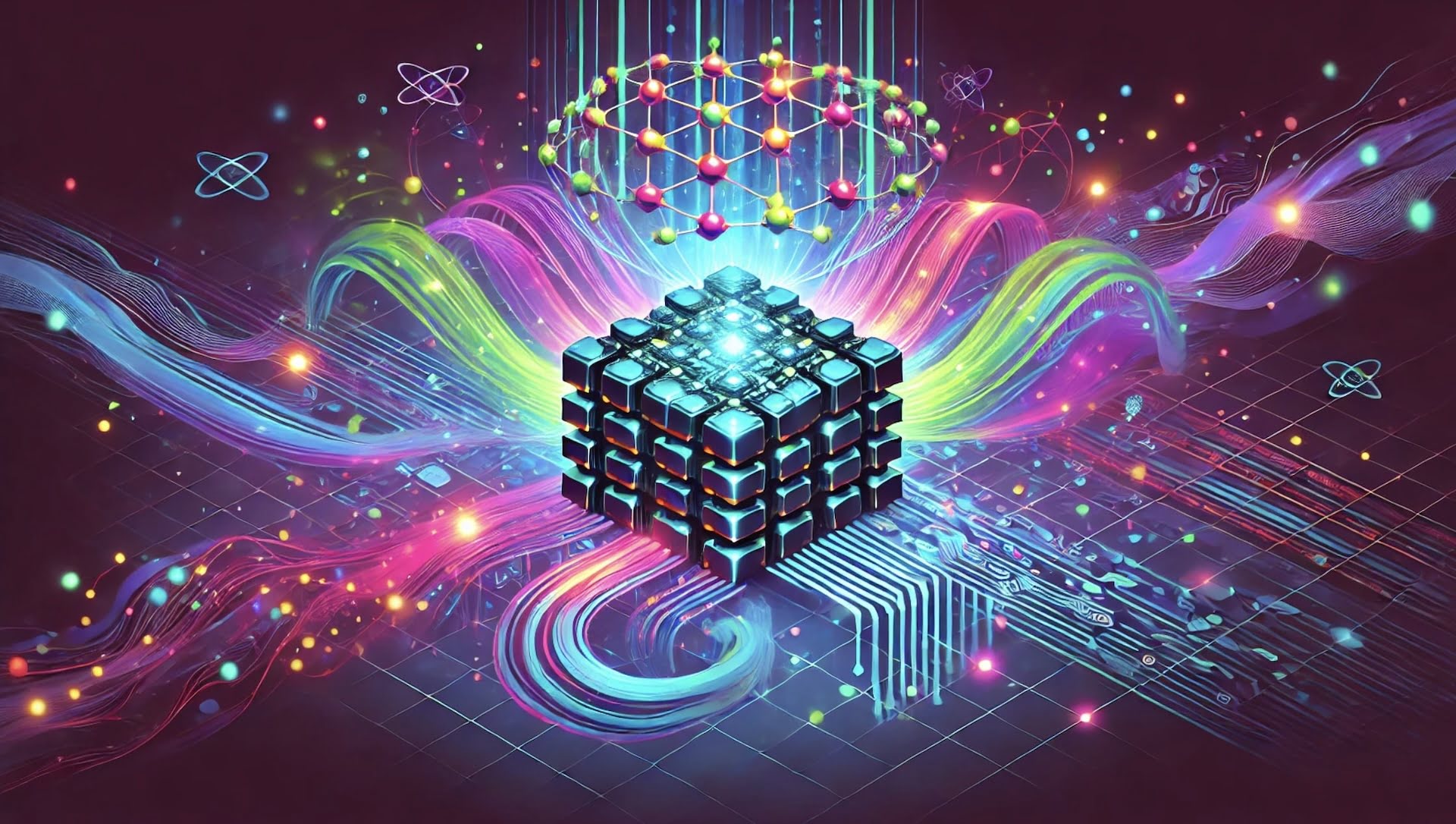
Edge computing and AI
Edge computing allows AI to work closer to where data is collected, reducing the time it takes to process information. Instead of sending data back and forth to a central server, edge computing enables local processing, which is essential for applications that need real-time responses, such as autonomous vehicles and smart cities.
By combining AI with edge computing, companies can improve efficiency and respond faster to changes. This approach is useful for devices like IoT sensors, which generate data that must be processed immediately. With AI at the network’s edge, businesses can process information faster and make quick decisions.
How is AI different from normal computing?
AI computing and traditional computing have key differences in how they operate and what they can achieve.
- Learning and Adaptation: Traditional computing follows a set of predefined instructions. It does not change or adapt based on new information. In contrast, AI computing learns from data and adapts, making it capable of handling new tasks based on patterns it has observed.
- Problem Solving: Traditional computers are limited to tasks they have been specifically programmed to perform. They can solve problems within their programming, but they lack flexibility. AI computing is more flexible and can handle diverse and complex problems, often solving issues that traditional systems cannot.
- Decision-Making: Regular computing systems make decisions based on rules and logical sequences, while AI uses probability and pattern recognition to make predictions and decisions. This gives AI a more nuanced approach to decision-making, closer to human thinking.
- Human-Like Abilities: Traditional computers lack human-like capabilities, such as understanding natural language or recognizing images. AI computing can simulate some of these abilities, which makes it useful in applications like customer service, image processing, and virtual assistants.
How much computing power does AI need?
AI computing requires significant processing power, especially for training large machine learning models. Running these models involves intensive calculations, which means that high-performance hardware like NPUs, GPUs, TPUs, and other specialized processors are necessary to keep up with the demands.
The energy needed for AI computing is also high, and this demand increases with the complexity of the tasks. To manage these needs, companies are exploring solutions like quantum computing, cloud-based AI, and energy-efficient processors.
Featured image credit: Seekyt


